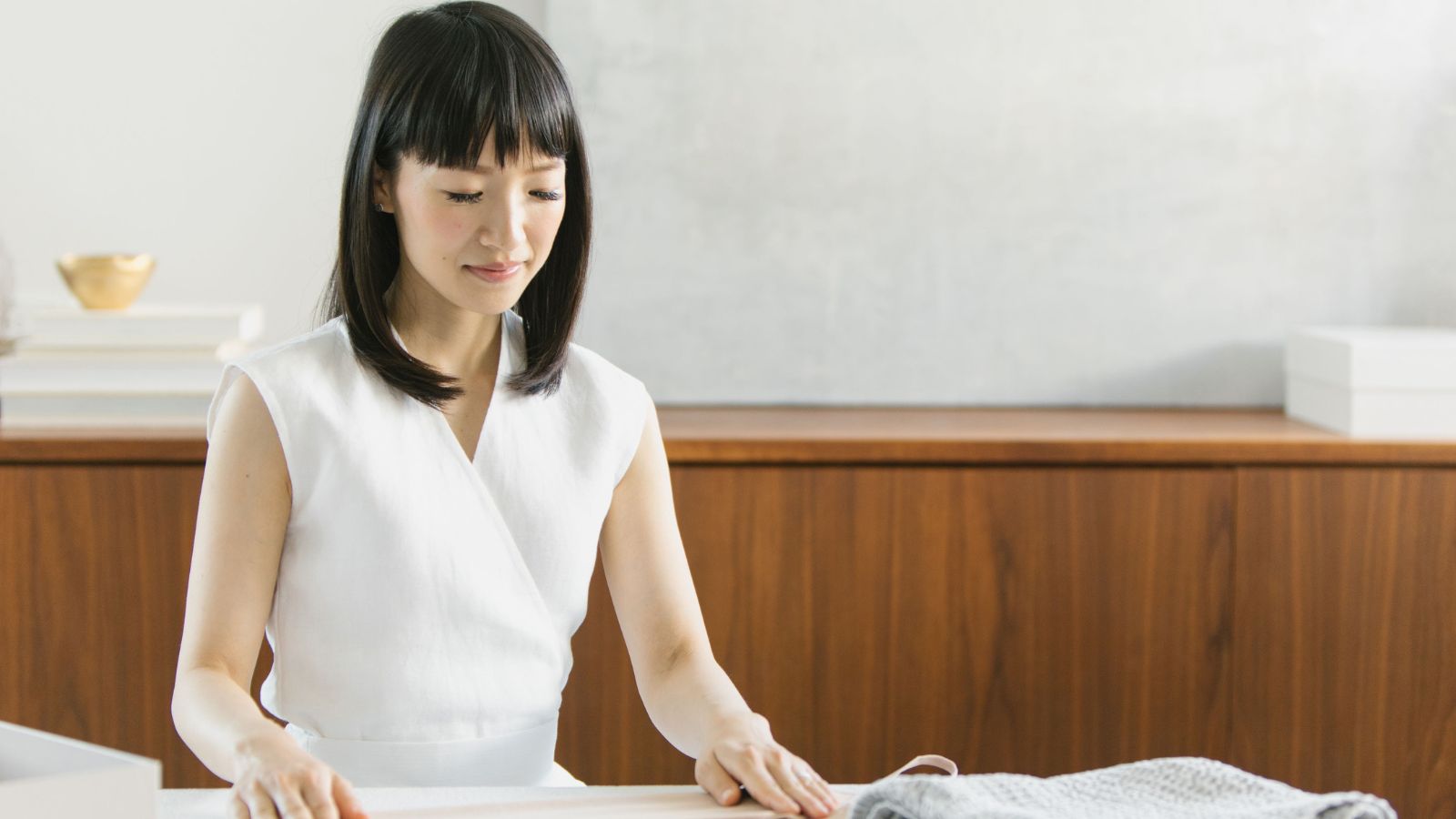
There is a saying in Japanese that experience is the best teacher. It's true in most cases, but in my opinion, doesn't apply to tidying. If you don't know how to tidy, you often end up repeating the same mistakes again and again without success.
It wasn't until I started working as a tidying consultant that I realized most people have never learned to tidy up, which is why this task can be so hard to do and maintain. This includes those who have been full-time housewives for a long time, and those who have been interested in tidying up and practicing it.
I myself was no exception. I have been interested in tidying up since I was just five years old and loved reading lifestyle magazines for housewives, trying storage tricks, and tidying up on my own at school and home. However, I never learned any tidying or decluttering tips from my parents or at school.
Nobody taught me how to tidy
When I was a child, I learned some storage ideas from magazines I read, but that covered only a small part of tidying. There were no books available at the time that taught me the entire process of tidying up a house.
However hard I tried, there was one problem that I could never overcome. No matter where I tidied up, the storage would always return to its original state after a while.
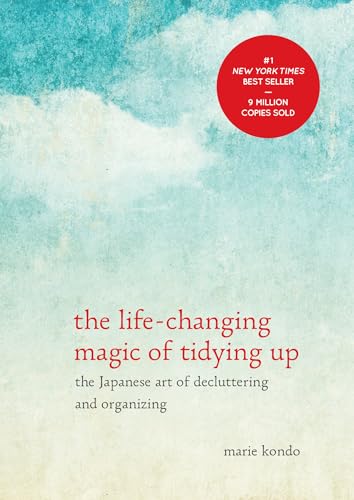
If your home accumulates clutter despite your best efforts, learn how to declutter and tidy up, and only keep the items that spark joy. My category-by-category system will lead to life-changing results in your home.
Signs you were never taught how to tidy

It might be time for you to learn how to tidy if:
- You tidy up, but never seem to be able to finish.
- Even if you tidy up the house and feel refreshed for a moment, you always end up attracting clutter, and the house returns to its original state after a while.
- You are always 'chased' by the task of tidying up.
It is quite natural for people to struggle with tidying or to feel bewildered because they do not know how to do it. You have nothing to worry about if you feel that way.
That's why when I was creating the KonMari Method, I made sure it had a clear procedure and order. If you follow it, tidying up WILL come to an end.
The end of tidying means:
- You have chosen what to keep from every item in your house, asking yourself whether or not you really should keep it.
- You have decided on a designated place for everything you chose to keep.
Once that state is achieved, all you have to do daily to keep the tidy state is to put things back in their place after use.
To achieve this, avoid these common mistakes people make when tidying.
Mistakes people make when tidying
1. Tidying by location

Living room shelves today, bathroom tomorrow. It is not entirely wrong to tidy up by location like that. However, if your house ends up in a cluttered state with a large number of things no matter how many times you tidy, I recommend you try tidying by categories of objects instead.
For example, when you organize your clothes, start by gathering every piece of clothing in your house in one place. This enables you to visually understand the total amount of clothes you own.
When you do this, I’m sure you will be shocked at how much you have. It gives you the determination to choose only what really sparks joy for you.
You may also realize that you have several similar outfits.
Whether it's stationery or cosmetics, first gather everything by category, then choose only what sparks joy, and store the items you chose without dispersing them. If you follow these steps, I’m sure you will find the process of tidying up much simpler.
2. Buying storage items before choosing what to keep
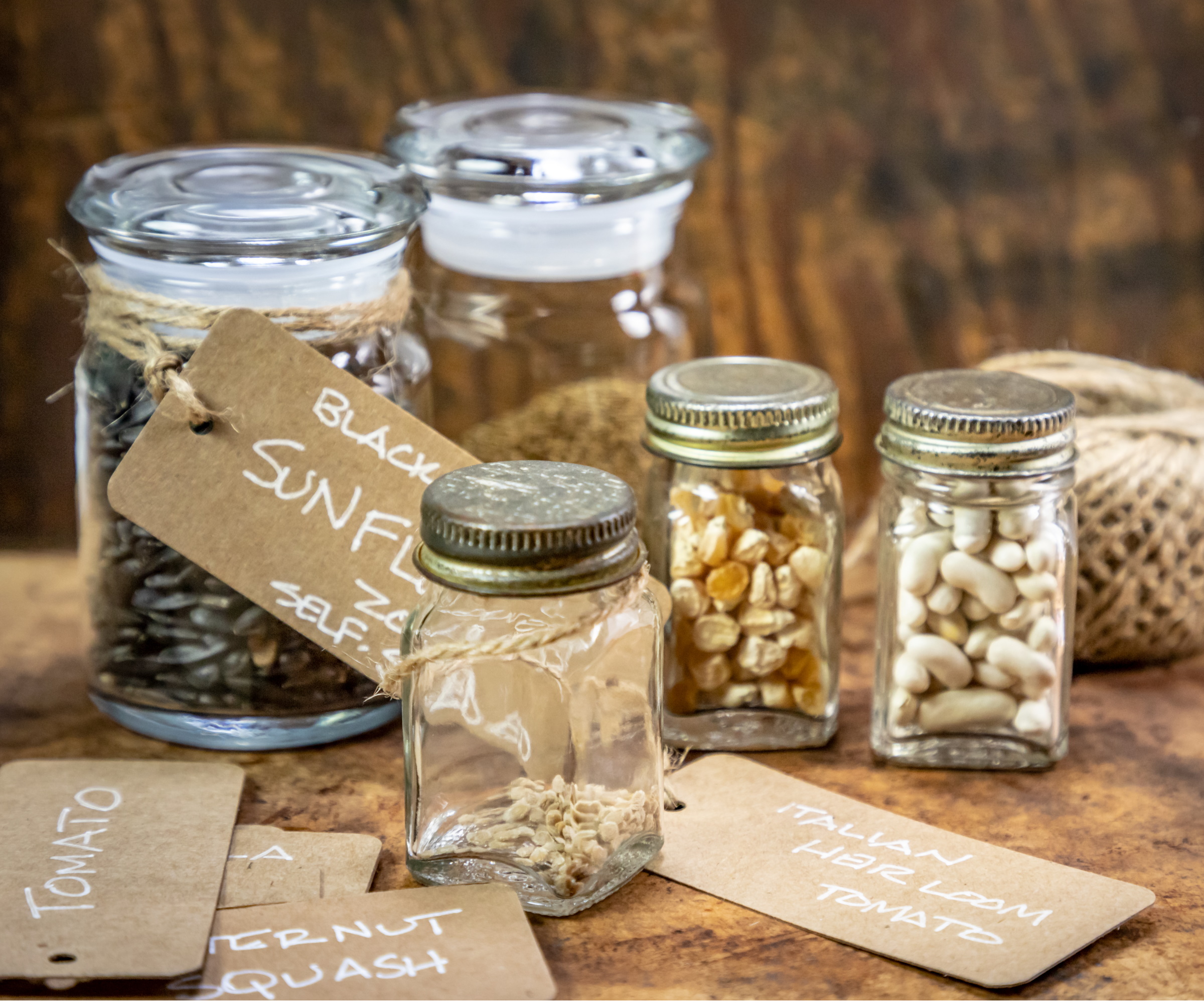
The world is full of seemingly useful storage methods and products, and it is easy to understand why people tend to think that tidying up equals storage. However, storage ideas alone can never be the solution for tidying up. This is because, in many cases, many of the things you are trying to store are actually things you don't need.
If you simply put things in storage goods and keep them out of sight, you will eventually end up with more and more things overflowing your storage space. That is why you should choose what to keep and decide what to declutter before thinking about storage.
After you have chosen only what sparks joy, you will know what you really need in your life. You will not buy unnecessary things, and you will be less likely to accumulate things.
Also, if you look for storage items after you have chosen what to keep, you will make fewer shopping mistakes because you will clearly know the size and quantity of storage items you need.
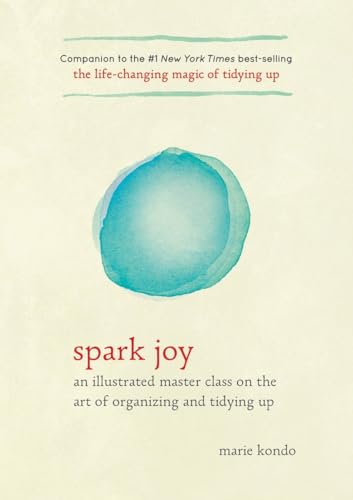
My illustrated guide to using the KonMari Method features step-by-step folding illustrations for everything from shirts to socks, plus drawings of perfectly organized drawers and closets. It includes guidance on specific categories including kitchen tools, cleaning supplies, hobby goods, and even building your own personal 'power spot' to help simplify your belongings and life.
3. Randomly throwing away things you don't need
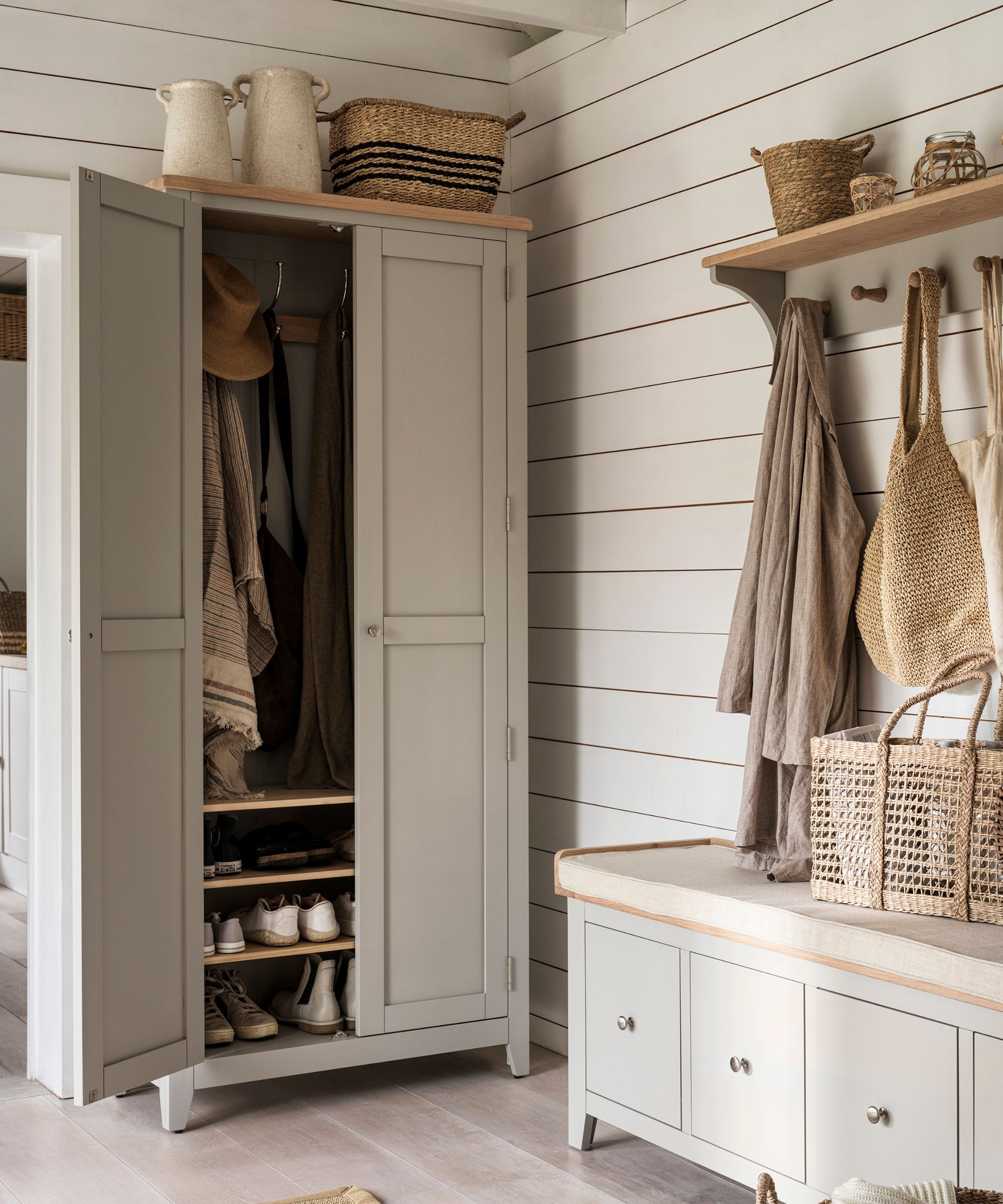
When you find things you don't need during tidying up, you cannot learn anything if you simply throw them away roughly. What’s important is to let them go with gratitude, even if they are seemingly unnecessary.
For example, from a piece of clothing you didn’t wear, you might have learned that those types of clothes don’t suit you. It’s important to realize what the object taught you and let it go after thanking it.
By carefully reviewing each item, you will accumulate experience and understand more clearly what you need in your life and what you don't need in your future life.
It enables you to shop more wisely with less mistakes and prevents you from accumulating too many things.
4. Not deciding a fixed place for each item
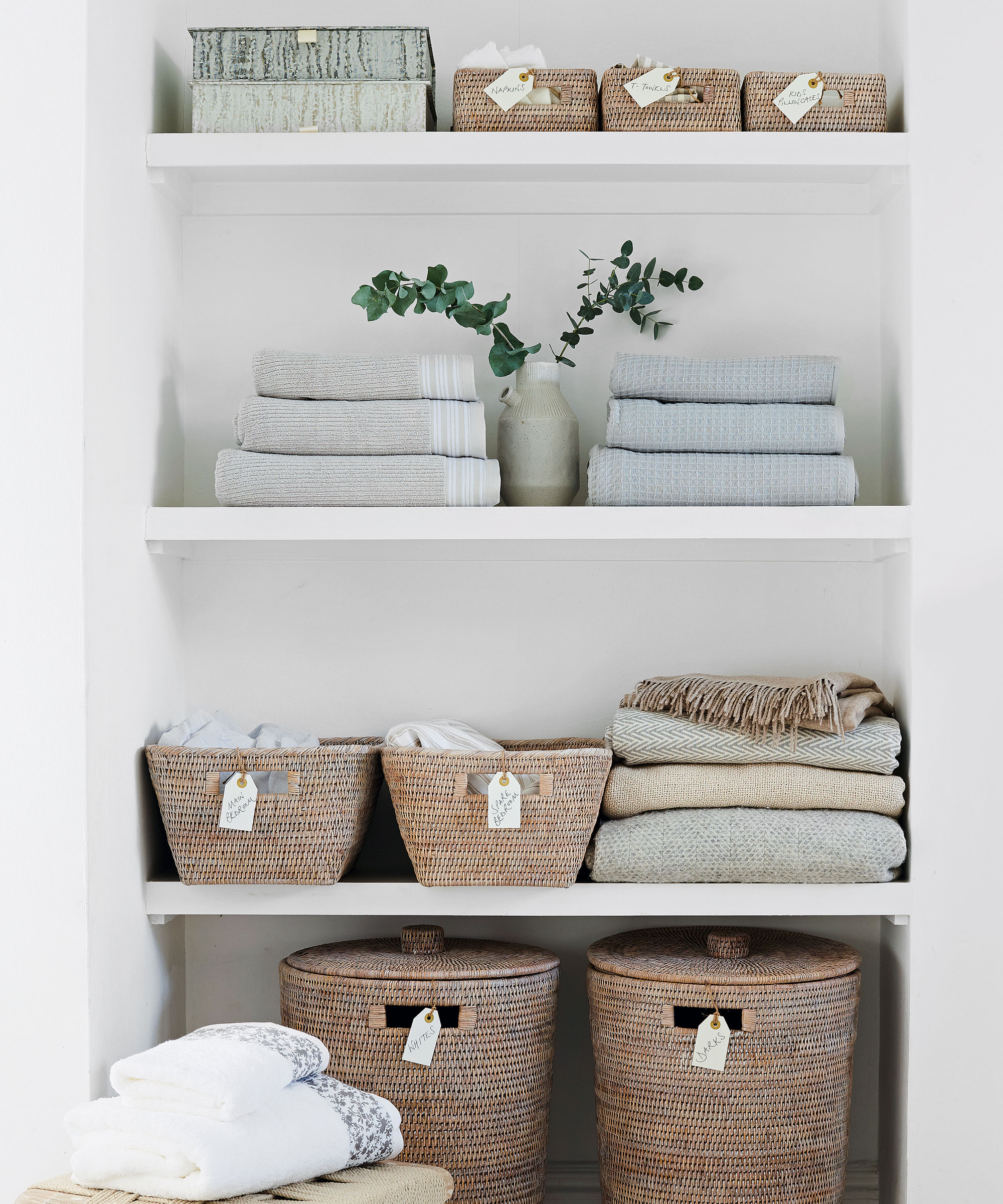
If there are things in your house that don’t have designated places, you will leave them at random places in your house instead. The more things are placed in unfixed positions, the more cluttered the house becomes, and tidying feels like a more painful task to you.
An important thing in tidying up is to decide a designated place for every single item in your house (one of my secrets for a tidy home).
This enables you to keep the house in a tidy state by a simple habit of putting things back to their place after use. Even if the room becomes temporarily cluttered due to your busy day, you can return the house to its tidy state by sparing a little time to tidy up with a daily 'closing shift'.
Use a daily tidying task to stay on top of things
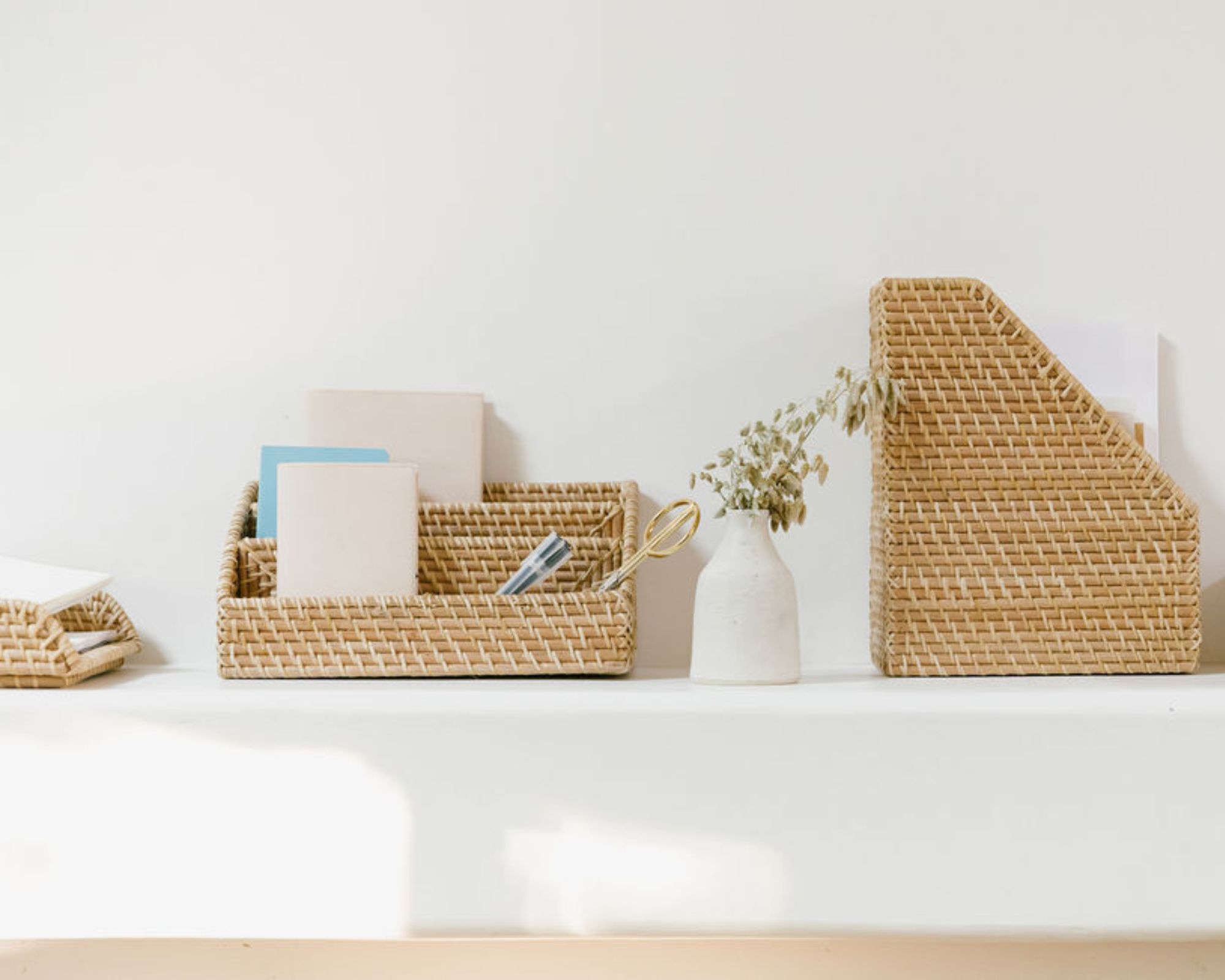
My daily tidying task is very simple: put things back in their designated place after use. I recommend making it a habit to reset the house to a tidy state at least once a day, by the end of the day.
My children and I always return the house to a tidy state before dinner. I recommend considering tidying as a family task. Including your children teaches them how to tidy from a young age, instilling good habits from the start.
Even if you are too busy with parenting, work, housework, or other things during the day to put used items in their place right away, you can usually restore the house to a tidy state within 10 minutes, which gives you peace of mind.
When the daily task of tidying is reduced in this way, the time spent tidying and searching for things can be used for things that spark joy for you. Some people pursue a more mindful and joy-sparking way of life, others enjoy spending more time with their children, and still others focus more on their work.
When you can tidy up naturally even without thinking, your ordinary days become more joy-sparking.
This year, I am expanding my life-changing approach to mindful living with a new project, the KonMari Club, a year long journey to spark joy. This empowering program is set to launch on January 18, offering members an immersive framework to bring greater joy, balance, and intention into their lives.







